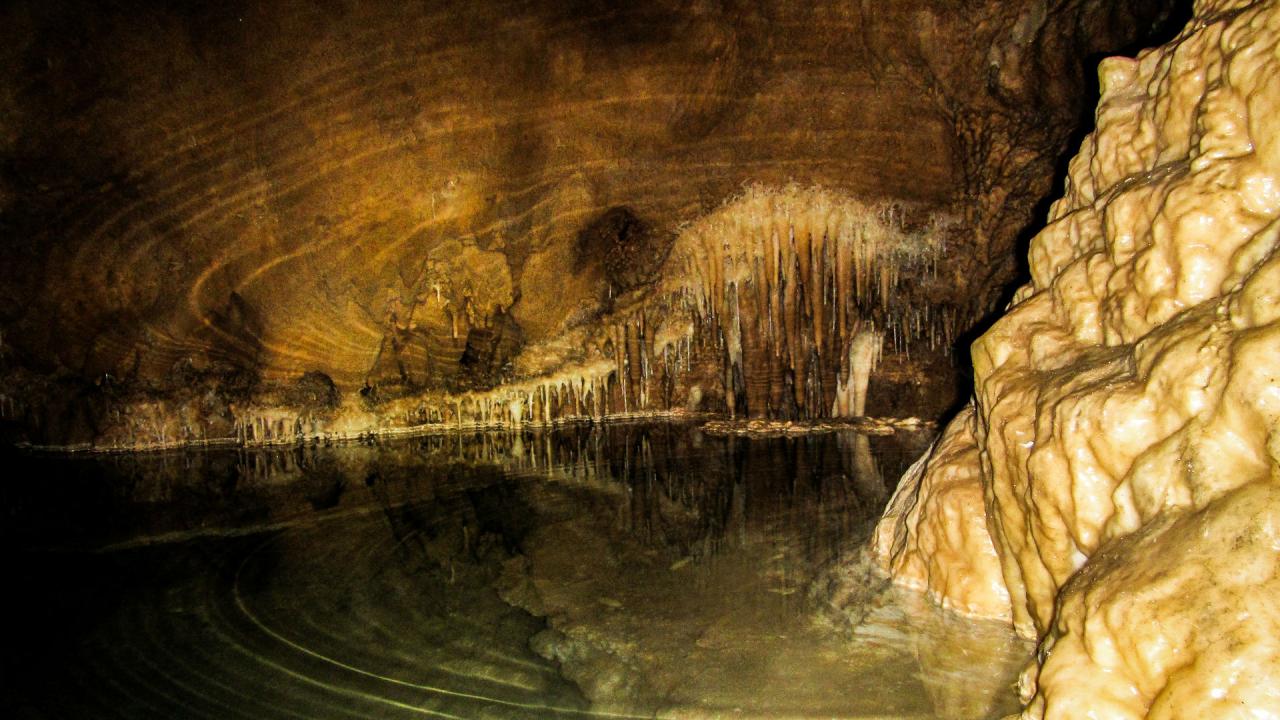The Grotta di Bossea cave is the final section of an extensive karst system that winds through the Maudagna-Corsaglia watershed, between the Prato Nevoso basin and the Corsaglia river, in the borough of Frabosa Soprana, 836 metres a.s.l. in the province of Cuneo. Of all the caves in Italy that are open to the public, it is one of the most beautiful and important, due to the variety of rock formations, the grandeur of its chambers, the amount of water and its underground lakes.
The parts of the cave that can be visited are stunning, featuring scenic effects of enormous appeal, both from an aesthetic and environmental point of view.
First explored in 1850 by a group of valley dwellers guided by Domenico Mora, it was opened to the public (for the first time in Italy) on 2nd August 1874 by Senator Giovanni Garelli from Mondovì.
Since 1969, it has been the site of an underground karst laboratory run by Bossea’s research station (the Cuneo branch of the CAI Italian Alpine Club) and the Polytechnic of Turin’s Department of Georesources and Territory.
Each chamber is a self-contained microcosm boasting inhabitants that are not found in any other biotope. Several species are found nowhere else in the world: just take, for example, the Plectogona Bosseae millipede or the Palpigrado Eukoenenia Strinati and Troglohyphantes Pedemontanum spiders. Thanks to the over 50 species identified so far, it is considered one of the richest caves in terms of fauna.
Every tour is guided by an expert speleologist and takes an average of 90-100 minutes, covering a total distance of approximately 3 km (round trip) and a total elevation gain of 116 metres. Regardless of the season, the climate inside the cave remains the same all year round: a calm, clear atmosphere and a constant temperature (9 °C) and humidity (100%).

